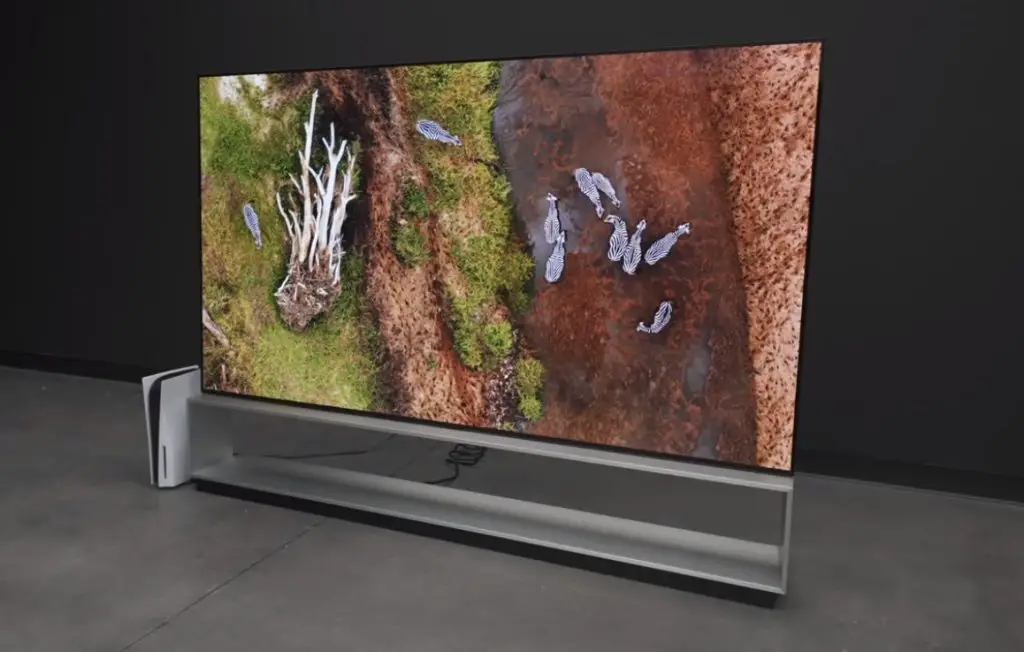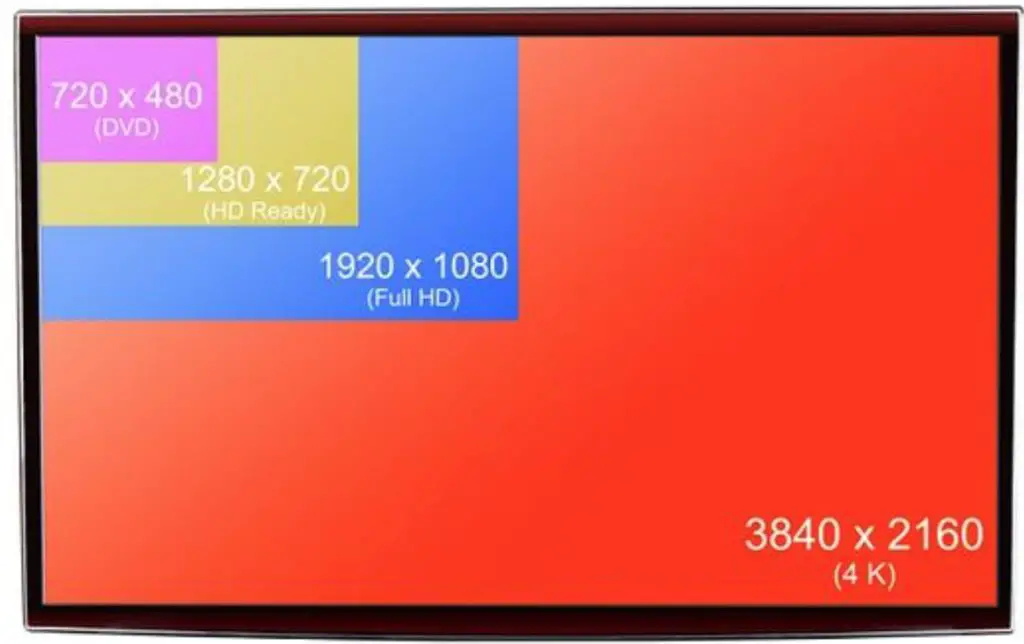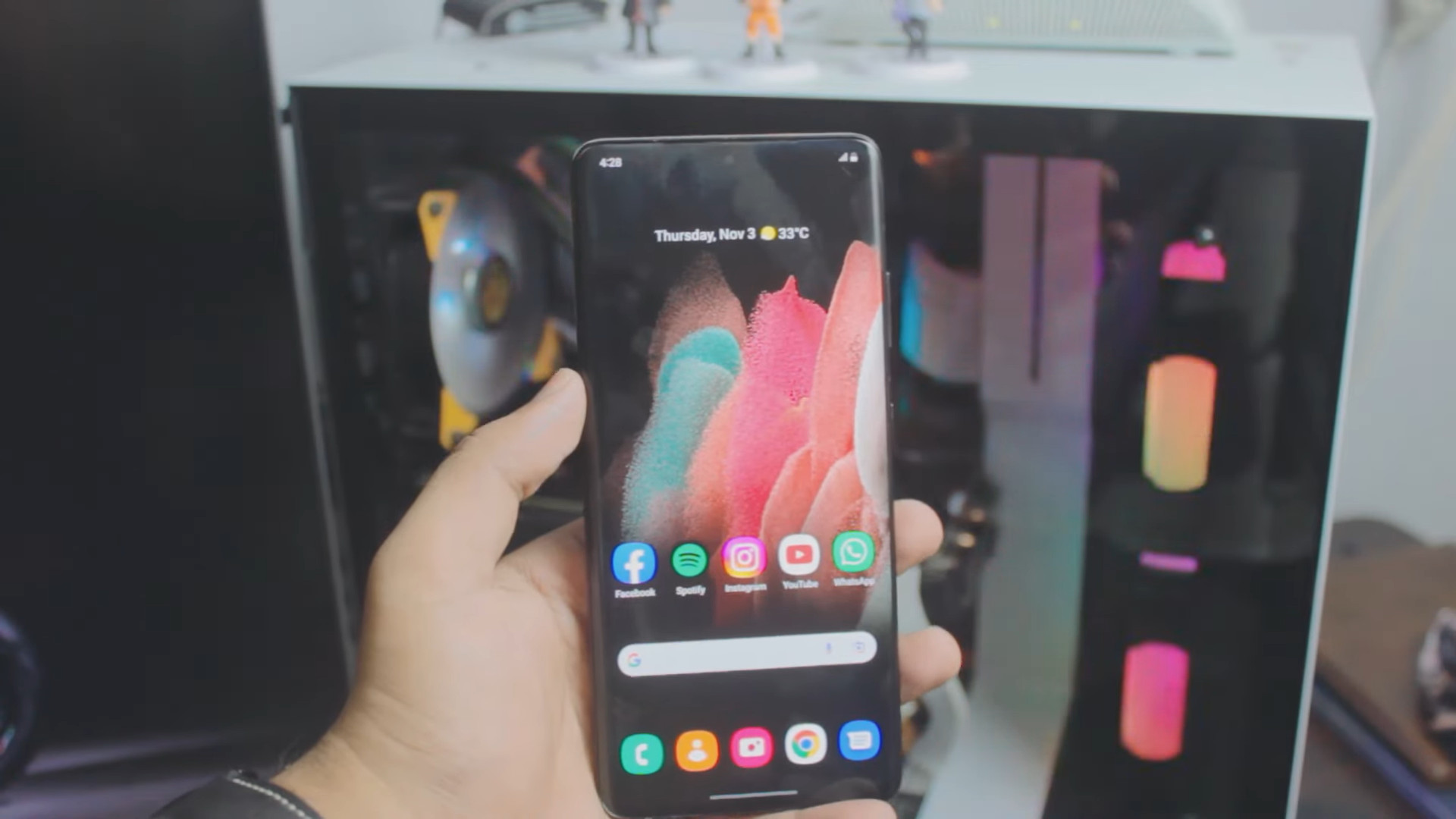Is 2160p 4K? Comparing 2160p vs 4K
When buying a TV or talking about video resolution, we often hear terms like 2160p and 4K. They refer to the quality of the image or video you receive.
Today, 4K screen resolution is considered the standard for high-quality gaming or streaming.
However, many people cannot explain what 4K is or how 4K is different from 2160p. Others even believe that 2160p and 4K can be used interchangeably.
So, what is the truth? Let’s find the answer by comparing 2160p vs 4K!
Contents
2160p Vs 4K: Definitions You Need to Know

Before finding the difference between 2160p and 4K, it is essential to help you better understand their definitions.
What Is 4K?
4K refers to the number, specifically 4,000. So the 4K displays are simply defined as a screen with at least 4,000 pixels of horizontal resolution.
4K typically indicates the 4096 × 2160 display resolution or 8 million pixels in total, 4 times more than the one 1080p display.
However, the most common 4K screen resolution is 3840×2160, where 3,840 refers to the horizontal resolution (in pixels) while 2,160 is the vertical resolution. It sounds like it broke the concept of 4K, but that’s how the concept has been adapted.
What Is UHD?
UHD, or in full Ultra High Definition, refers to a resolution of 3840×2160. Meanwhile, 4K is 4096×2160 for sure.
So technically, UHD is just a 3840×2160 display. However, 4K and UHD can be used interchangeably.
Many retailers do not use the two terms interchangeably. Instead, they refer to the 3840×2160 display as 4K UHD or UHDTV1, while 8K UHD or UHDTV2 refers to the 7680×4320 display.
However, most consumers consider 4K and UHDTV1 (or UHD) the same.
What Is 2160p?
“2160p” is a term used to describe the vertical resolution of 2,160 pixels of a screen, where the “P” stands for “progressive scan.”
To sum up, 2160p is the vertical resolution, while 4K indicates the horizontal resolution. As mentioned above, 4K usually denotes a screen resolution of 4096×2160. Therefore, 4K is also a screen resolution of 2160p.
Is 2160p 4K? Why Is It Called 4K Instead of 2160p?

Why is 4K UHD often called 4K and not 2160p? Its purpose is to distinguish true Ultra HD compared with “slightly smaller” or “fake” Ultra HD.
4K UHD indicates a screen resolution of 4096×2160 pixels. Meanwhile, “fake” Ultra HD, despite sharing the 4K name and 2,160 pixels vertical dimension, refers to 3840×2160 pixels. “Fake” Ultra HD is ubiquitous for 4K projectors instead of DCI 4K (or true 4K).
DCI 4K is trendy in HDTVs, high-quality projectors, and digital cameras for display types.
Related: 1440p vs. 4K
Comparison 2160p and 4K
It is time to compare 4K UHD and 2160p. Generally, they are the same.
Yet, UHD technically refers to “fake” Ultra HD (or 3840×2160 pixels), while 4K indicates DCI 4K (or 3840×2160 pixels).
Pixel Count
DCI 4K indicates a screen resolution of 4096×2160 pixels, while UHD refers to a screen resolution of 3840×2160 pixels.
Comparison
- DCI 4K
The resolution of 4K is twice as compared to 1080p or FHD. Also, it measures 8 megapixels, while FHD is 2 megapixels.
You can distinguish DCI 4K from 8K based on its more available availability among HDTVs and projectors. 4K DCI is not readily public in the projector compared to 2160p.
Both resolutions utilize progressive scans as alternating or interlaced scanning would be a past sign for analog videos.
- 2160p
Currently, most projectors can only reach 3840×2160 (“fake” 4K) resolution. Many people still confuse 4K and DCI 4K. Generally, DCI 4K is rare, like 8K.
4K UHD technically in the projector is rounded off. The fact is that it is 3840×2160 pixels. True 4K delivers the full 4096×2160 pixels.
It also may hit up to 8 MP, although it has a shorter horizontal or row size than DCI 4K.
Display Kind
- DCI 4K
It is even more famous for the newest projectors or HDTVs from late 2010 to early 2020. The digital camera can have a more affordable true 4K than HDTVs and projectors.
2160p is the most common 4K resolution than DCI 4K UHD resolution.
- 2160p
It is essentially the HD 720p equivalent of 4K for HDTVs. Therefore, DCI 4K UHD or true 4K is a significant selling point for HDTVs.
2160p was the standard for the projector-grade 4K when we wrote this article. Also, true 4K UHD is available for many high-quality projectors offered at higher prices.
Related: Does 1080p look bad on a 1440p monitor?
Similarities and Differences of 4K and 2160p

The difference between “fake” 4K and DCI 4K UHD is insignificant. The fact is that the “true” 4K is wider than the other by a couple of hundred pixels.
The “fake” one measures 3840×2160 pixels, with 2,160 pixels vertically and 3,840 pixels horizontally. So when we also round it, 3,840 px will technically be 4K.
However, when talking about accuracy, it will be 4,000 px shorter to around 160 px or 256 px to 4,096 px.
Both can do HDR, and WCG (Wide Color Gamut) display technology, resulting in broader color variegation and sharper images.
Hence, the main difference between “fake” and DCI 4K UHD is a few pixels horizontally. By knowing this, you can discern whether an HDTV or projector retailer is being honest when claiming their product display is DCI 4K UHD or “fake” 4K.
Though DCI 4K and UHD have the same height, UHD is 256 px shorter than “true” 4K. The Digital Cinema Initiative created the ratio of true 4K why 4096×2160 pixels is known as Cinema 4K (C4K) or DCI 4K.
FAQs
1. What does it mean to distinguish between 4096×2160 and 3840×2160?
For 4K movies shown in theaters, they often use DCI 4K projectors instead of their 2160p counterparts. Many people care about DCI 4K at still cameras, like the DCI 4K UHD available in Sony FS or Lumix GH5.
The fact is that DCI is technological advancement. Although UHD is the standard for projectors and HDTVs, it is still an older technology.
2. Can I watch 4K movies on TV?
First, you’ll need to buy a quality 4K TV and exploit it with 4K content. Today, you can easily find 4K content everywhere, such as famous streaming services like Amazon, iTunes, Netflix, and Vudu.
Also, you can take advantage of gaming consoles, such as Xbox Series X and PS5, or Ultra HD Blu-ray players. If you own a PC, many latest video cards can render games at 4K.
We also saw the introduction of ATSC 3.0 or NextGen TV. With the help of the NextGen TV tuner, you can watch 4K TV over the air for free. But, like the initial birth of HDTV, it will be a while before 4K content is available online.
3. What is Full HD or 1080p?

1080p refers to the vertical resolution. Remember that 1080p isn’t called “1K.” People only call it Full HD or 1080p.
1080i and 1080p feature the same resolution. The fact is that no modern TV is 1080i. Yet, most HDTV broadcasts, including NBC and CBS, are still 1080i.
4. What is 720p?
1080p has twice as many pixels as 720p. Nowadays, it is challenging to find 720p. Yet, Fox, ESPN, ABC, and their affiliated channels are still broadcasting at 720p.
5. What is TV resolution?
Resolution indicates the number of pixels that compose the image on TVs, and a pixel includes a tiny dot on the TV screen.
There are various resolutions available on the flat-panel TV. Older models, and many 32-inch ones available today, feature a million or even more pixels. Larger and the newest televisions feature a little over two million pixels.
Even bigger and newer TVs come with 8 million (for 4K Ultra HD). The largest, newest, and most ridiculously expensive televisions feature about 33 million pixels (for 8K). If you want to discern each one, you will have to look closely or use a magnifying glass.
6. Is 4K higher than 2160?
Yes, of course. 4K is a bit higher than 2160 regarding the parallel pixels on a screen. But, on the other hand, 4K is four thousand times larger than the standard resolution of 1080p.
If you look perpendicular, there is no difference between 4K and 2160p. But the fact is that 4K is a bit higher than 2160 p regarding the parallel pixels.
Conclusion
So you’ve reached the bottom of our article. Hopefully, we have helped you understand the difference between 2160p vs 4K.
If you have any queries or questions, let us know through the comments section. We would love to address your queries.
Thank you for reading! Please share this article if it is helpful to you!





